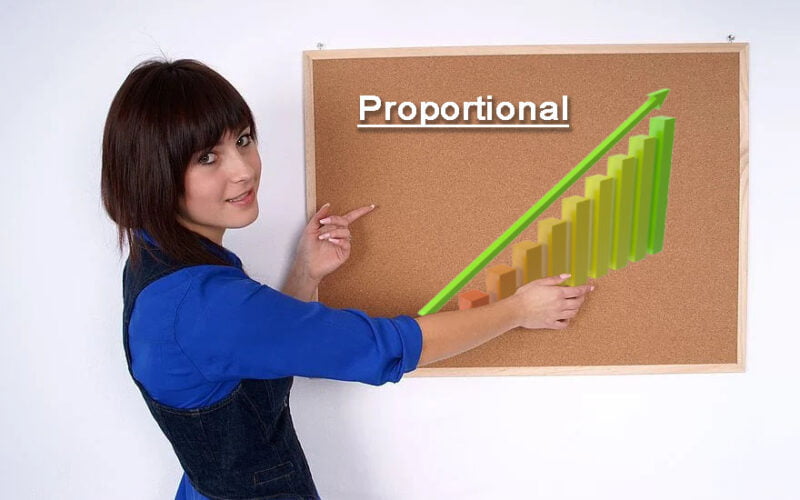
Proportional relationship is a fundamental concept in mathematics that describes the connection between two variables that change in a consistent manner. It is a concept that is widely applicable in various fields, including science, economics, and everyday life. In this article, we will explore the intricacies of proportional relationship, delve into its applications, and discuss its significance in different contexts.
A proportional relationship refers to the connection between two variables where their ratio remains constant. In other words, when one variable increases or decreases, the other variable changes proportionally by the same factor. This consistent scaling factor defines the relationship between the variables.
Understanding proportional relationship is crucial in many real-world scenarios. It allows us to make predictions, analyze trends, and interpret data accurately. By recognizing this relationship, we can establish connections between different variables and gain insights into their behavior.
Proportional relationship finds applications in various fields, ranging from science and engineering to finance and economics. Let’s explore some common applications:
In physics and mechanics, proportional relationship is often used to describe the laws governing motion. For instance, Newton’s second law of motion states that the force applied to an object is directly proportional to its acceleration. This relationship enables scientists and engineers to understand the behavior of objects in motion and design efficient systems.
Proportional relationship plays a vital role in finance and economics. For example, in the stock market, the concept of this relationship helps investors analyze trends and make informed decisions. Additionally, it is used in financial models to understand the impact of various factors on investments and returns.
In scientific research, this relationship is often used to establish correlations between different variables. Researchers analyze data to identify relationships and determine if they are proportional. This allows them to draw conclusions, make predictions, and further investigate the underlying mechanisms.
Proportional reasoning is essential for understanding scaling, particularly when dealing with ratios and proportions. It helps in solving problems related to scaling objects, maps, and models, ensuring accurate representations.
This relationship is not just limited to academic or professional settings—it is a concept that we encounter in our daily lives as well. Consider the following examples:
A1: The constant of proportionality, denoted by k, is the value that relates the two variables. It represents the ratio between the dependent variable and the independent variable.
A2: No, a it cannot have a constant of proportionality equal to zero. If the constant of proportionality is zero, it means that the dependent variable does not change regardless of the value of the independent variable. In such a case, the relations is no longer proportional.
A3: To identify a this relationship from a set of data, plot the points on a graph and check if they fall along a straight line that passes through the origin (0,0). If the points form a straight line, it indicates the presence of proportionality.
A4: No, a proportionality cannot be represented by a nonlinear function. Nonlinear functions involve exponential or polynomial relationships where the variables do not change proportionally.
A5: A proportionality is a specific type of linear relationship where the variables change proportionally. However, not all linear relationships are proportional. In a linear, the variables may change at different rates, while in a proportionality, they change at the same rate.
A6: In some real-life situations, it may not hold due to factors such as constraints, limitations, or nonlinear phenomena. For instance, when considering the relation between temperature and the volume of a gas, the relations is not strictly proportional due to the gas law equations.
Proportional relationship is a fundamental concept that allows us to understand the connection between two variables in a consistent and predictable manner. Its applications span across various domains, contributing to our understanding of the world around us. By recognizing and leveraging proportional relationships, we can analyze data, make predictions, and draw meaningful conclusions. Understanding proportional relationship is an invaluable skill that empowers us to navigate through complex scenarios and make informed decisions.
Recommended other topics: Balance of Nature Reviews-The Secrets of Nature’s Harmony










© InfoDoot. All Rights Reserved.